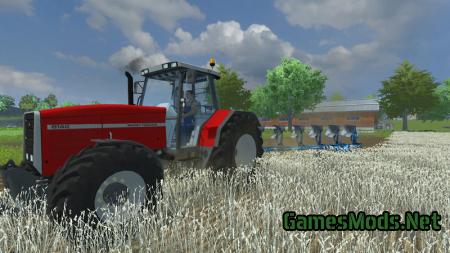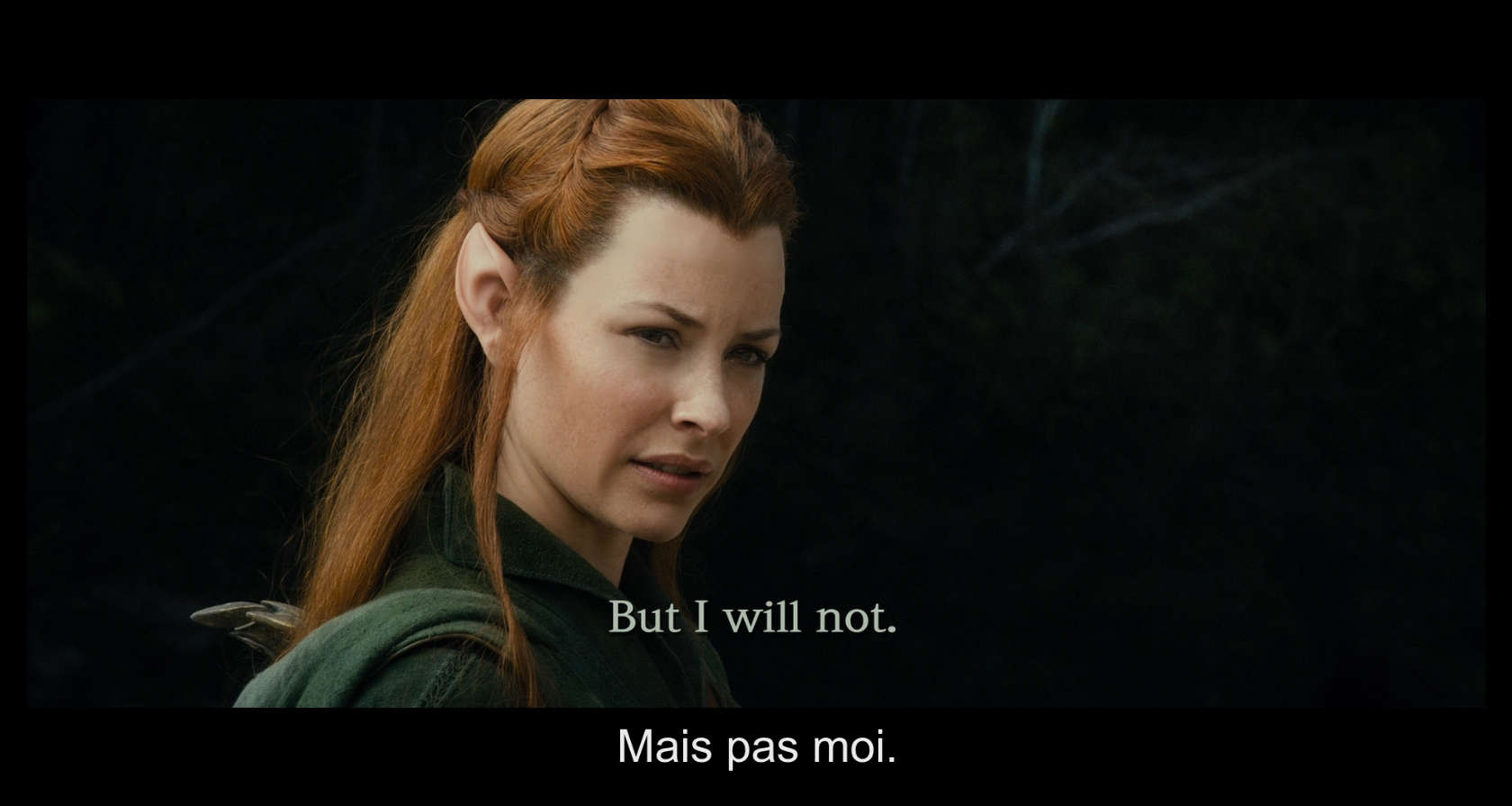
Handbrake original authors software#
The software was originally developed as an application for the BeOS operating system, an early competitor to Macintosh and Windows. Now in version 0.9.4, Handbrake debuted in 2003, and ranks as the most downloaded video conversion tool on the media news site. For those students fortunate enough to find Handbrake installed on their school’s computers (a rare thing, given how fearful many Information Technology departments are of incurring lawsuits), there seems to be no story at all to the acquisition of copyrighted video for educational or artistic use. Other open-source programs such as Mac-the-Ripper or MPEG Streamclip perform as well or better, but Handbrake presents the experience of ripping DVD video and audio as a smooth, user-friendly and non-transgressive process. Handbrake presents, for a variety of operating systems, a friendly interface for converting most DVDs, in whole or in part, to digital video formats that can be edited or included in lecture presentations or websites. For those inclined to take advantage of this new legal freedom, there is at least one easy, open-source software package to aid in this process: a program called Handbrake. In the summer of 2010, the Library of Congress copyright office granted exemptions to the Digital Millennium Copyright Act for artists, educators and students who circumvent the anti-copyright protection measures included on DVDs and other media delivery formats.

Students today enter the story at a period of apparent calm.

The ongoing story of how producers and consumers wrestle over control of media formats offers an excellent opportunity for embedding skill acquisition in an orientation to the dynamics of public space and media. Adept instructors know that this is no mere annoyance, however, but a crystallization of the experience of all technologies, subject as they are to changes in manufacture and policy. Students and instructors face persistent challenges in the legal maze created by changing copyright laws and their consequent effects on consumer technologies. I have found that making a technology’s history explicit and experiential for students, even at the expense of time and convenience, improves their understanding and prepares them for inevitable future change.įor students of cinema production or criticism, acquiring clips of mainstream films in digital form for use in presentations or remixes has long been a difficult chore. Instructors who teach with digital media rely on their knowledge of past technologies to teach the current tools. For some, a photograph was first a kind of drawing, just as for others a webcam is a kind of phone. Marshall McLuhan and others pointed to how each new technology borrows from, and mediates, its predecessor. Those who teach with technologies know that understanding the story of a tool, at least its precedent if not its origins, is key to successful use. For many, to experience technology as a story in process is to lose one’s footing in an already unsteady space. Refer to a technology by its proper name-say, by describing Radio Corporation of America or component video cables when referring to those red, white and yellow plugs on the back of a DVD player-and you are likely to be met with confusion, and perhaps even a retreat from the learning process.

Even the most seasoned fans of consumer technologies, when introduced to a technical task, are likely to prefer that the story begin where they enter-not where the instructor entered, or where the technology began. The same does not hold true in the classroom, where students also enter a story already in progress. From Douglas Adams to Battlestar Galactica, fans seem to derive pleasure in unexplained technologies, bewildering acronyms and opaque policy debates. This well-worn convention, in concert with the use of the neologism (an invented word that is spoken, comprehended by the characters but never defined for the audience) has come to play a central role in science fiction, and indeed in most dramatic representations of technology in popular cinema. From the start, we read and hear references to characters and conflicts about which we know nothing, and no narrator comes to our aid. ¶ 1 Leave a comment on paragraph 1 0 Star Wars famously begins in medias res.


 0 kommentar(er)
0 kommentar(er)
